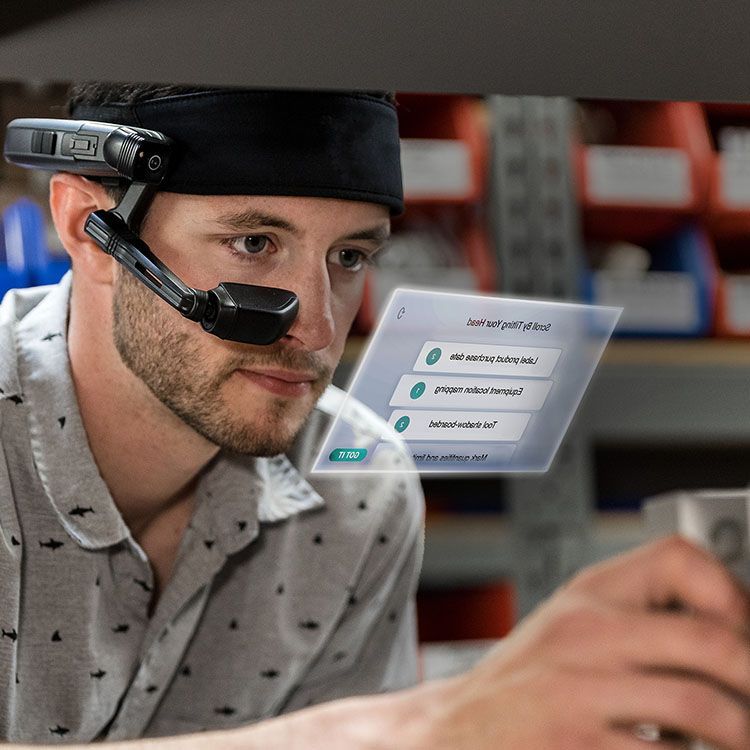Augmented reality and virtual reality - how and for what?
Augmented reality (AR) and virtual reality (VR) are two technologies that have gained considerable importance in the field of digital assistance and collaboration in recent years. Both technologies offer immersive experiences, but differ fundamentally in their approach and application.

Augmented reality: digital extension of reality
AR, short for augmented reality, expands the real world by embedding digital information and objects into the real environment using smartphones, tablets or data glasses. This integration enables users to interact with both worlds, the real and the virtual, at the same time. AR has proven useful in various applications, including maintenance tasks, product design and customer experiences.
VR: from simulation to training
In contrast, VR, virtual reality, creates a fully immersive experience that transports the user into a virtual world. This is usually achieved through a VR headset that isolates the user from the physical environment and immerses them in a digital world. VR is often used in entertainment, but also in education and training, for example for simulation training in medicine and aerospace.
The future of remote support with AR
Remote support is a particularly interesting area of application for AR. AR with industrial data glasses enables experts to assist remotely by projecting instructions and graphic overlays directly into the user's field of vision on the construction site or in the factory. This is particularly useful for complex repairs or maintenance tasks where specialist knowledge is required.
To summarize, AR and VR each offer unique benefits and applications. AR augments the real world, while VR creates a completely new, simulated environment. Both technologies have the potential to fundamentally change the way we learn, work and interact, especially through applications that overcome the limitations of physical presence and access.
